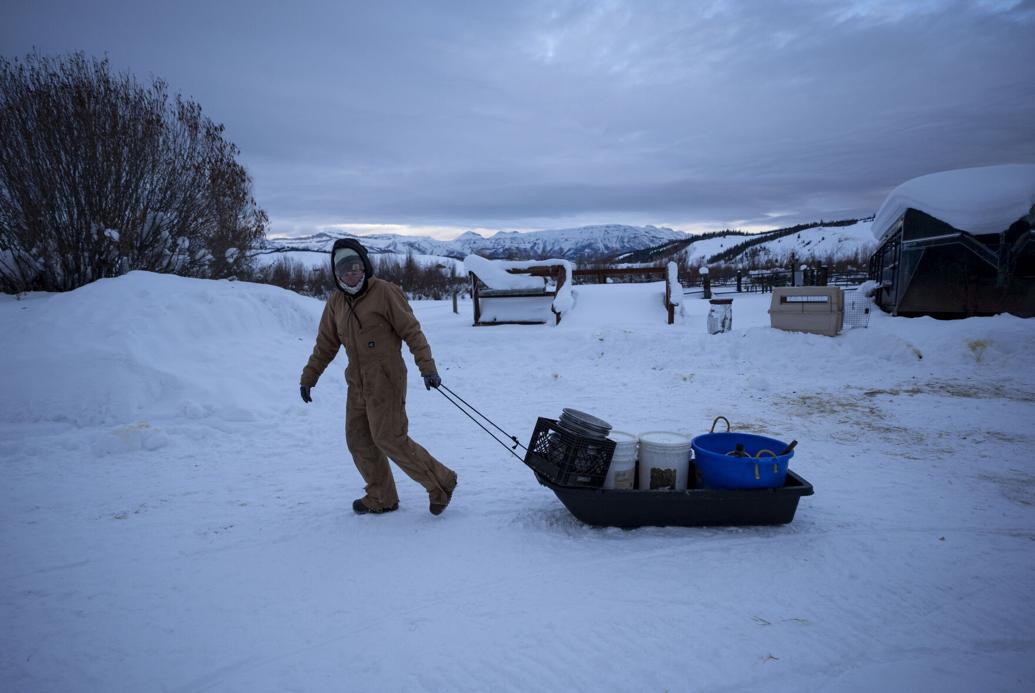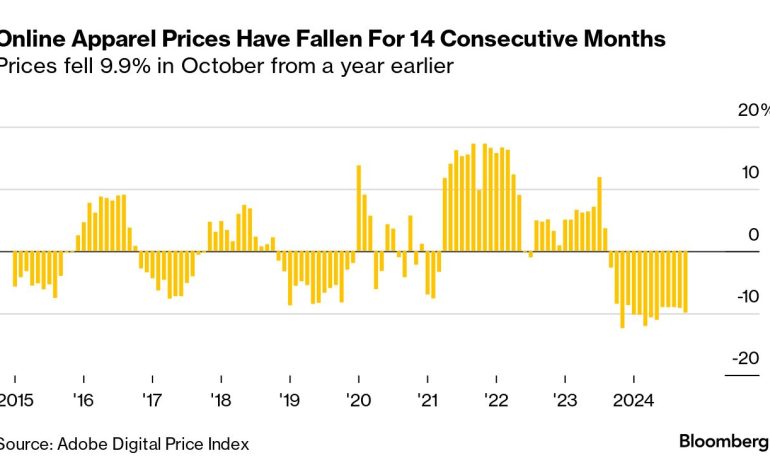A glimmer of hope for consumers struggling with inflation: online grocery prices dropped in October for the first time since the onset of the COVID-19 pandemic, Bloomberg reports, citing data from Adobe.
The decline, though small at 0.1%, marks a significant shift after years of consistent increases. The last time online food costs dipped year-over-year was in January 2020. This trend mirrors the broader softening of the consumer price index, which saw food prices rise just 1.3% in September.
Adobe’s Digital Price Index, based on data from over 1 trillion retail website visits and 100 million product purchases, has generally mirrored the government’s Consumer Price Index (CPI) for food at home. This suggests that the downward trend in online grocery prices could be a harbinger of broader deflationary pressures.

The post-pandemic surge in living costs, particularly food prices, has placed a heavy burden on American households, especially those with lower incomes. This economic pressure is believed to have played a significant role in the recent election, where former President Donald Trump defeated Vice President Kamala Harris.
Beyond groceries, the Adobe Digital Price Index also reveals a broader trend of deflation across online retail. Overall, the index fell 2.9% from the previous year, with two-thirds of the 18 categories tracked experiencing price declines. Online apparel prices, in particular, have been steadily declining for 14 consecutive months, dropping 9.9% year-over-year in October.
This decline in online apparel prices is in contrast to the official CPI, which showed a 1.8% increase in apparel prices in the 12 months ending September. The upcoming CPI report, to be released on Wednesday, will provide further insight into the overall inflation picture for October.
Adobe’s data, compiled since 2014, also shows that US consumers spent $82 billion on e-commerce purchases in October. As online shopping continues to grow in popularity, the Digital Price Index offers valuable insights into consumer spending patterns and the evolving landscape of retail pricing.









